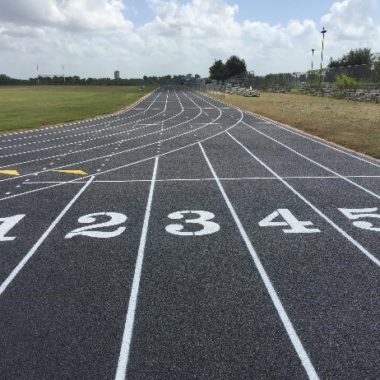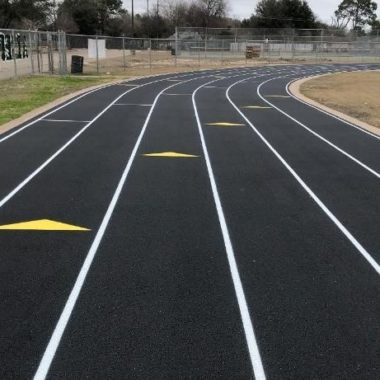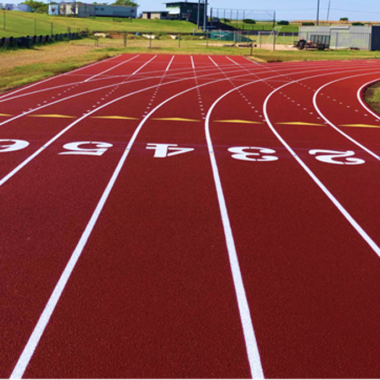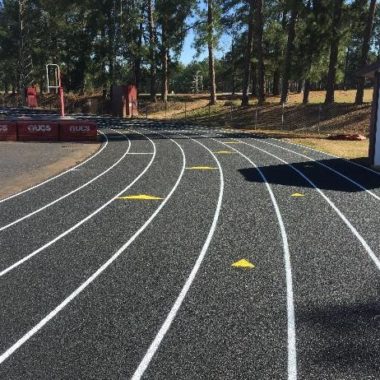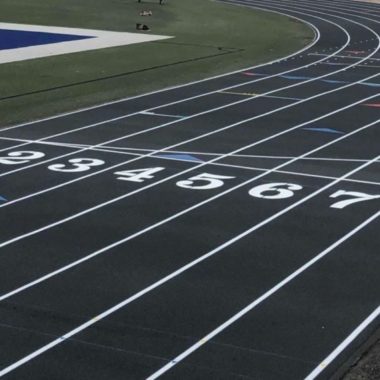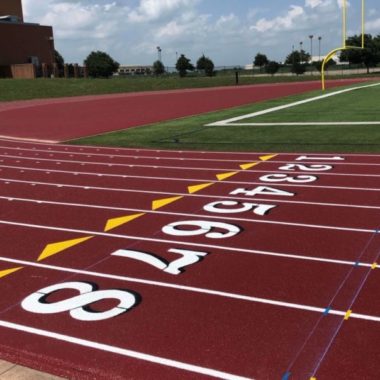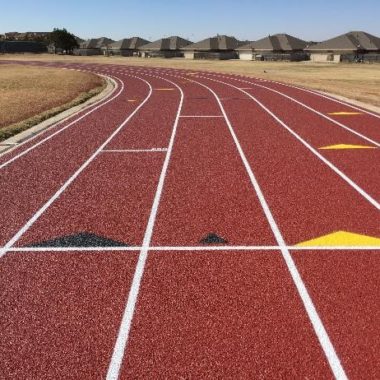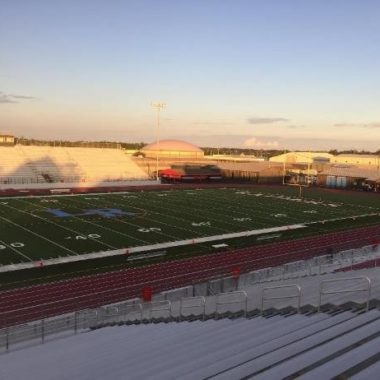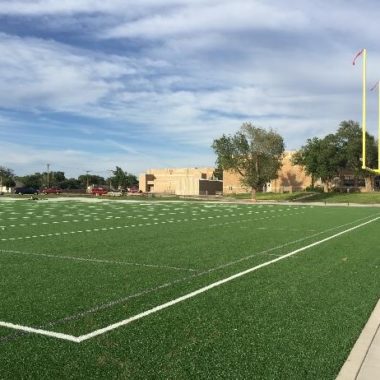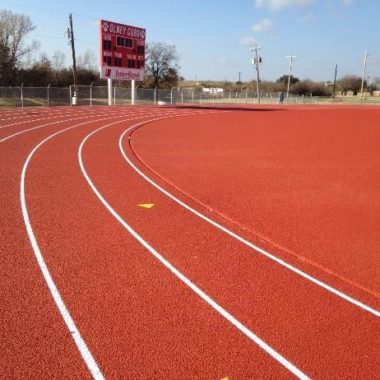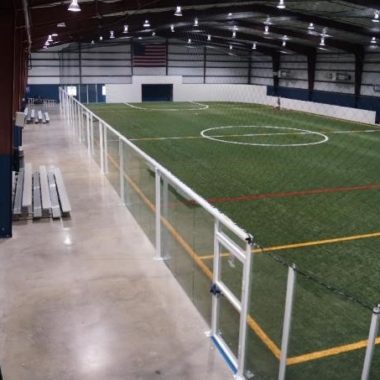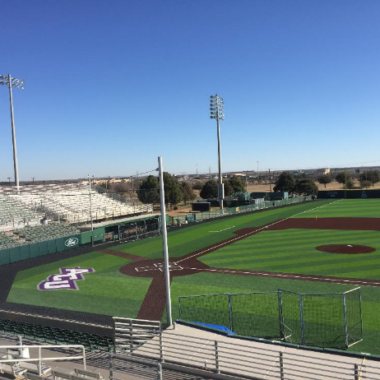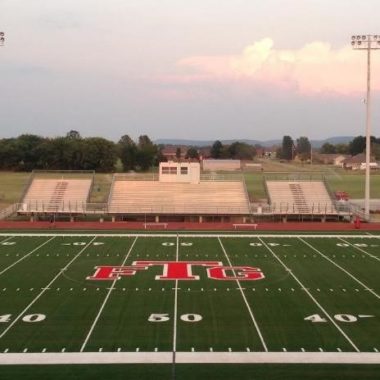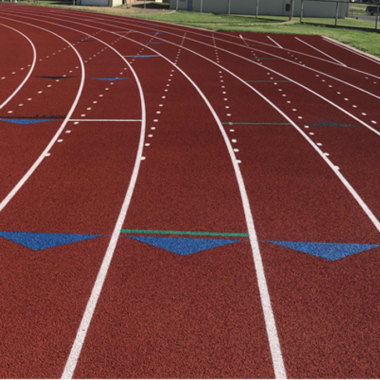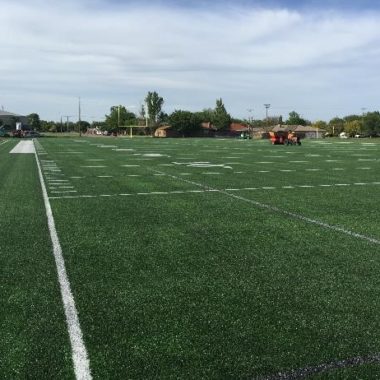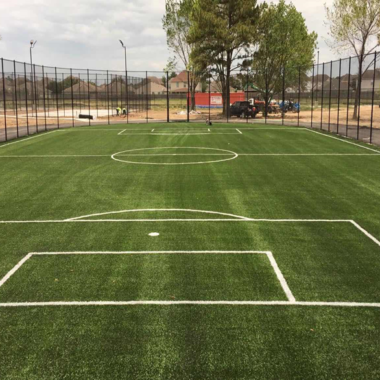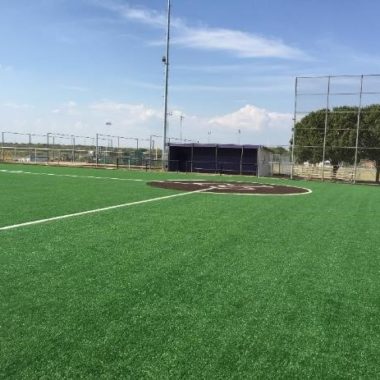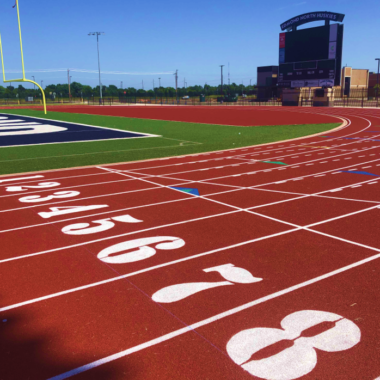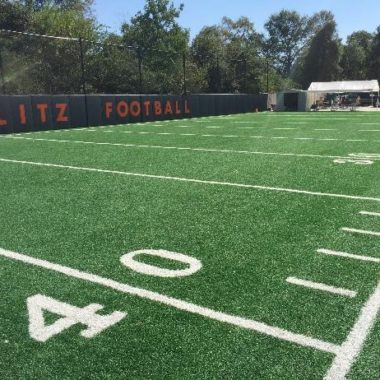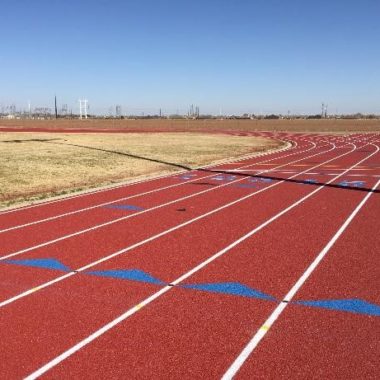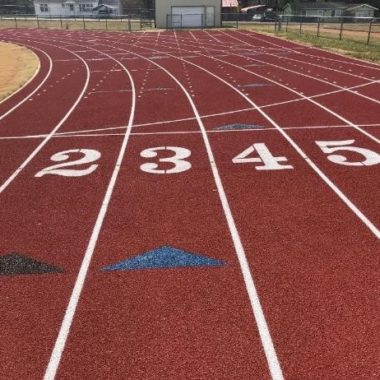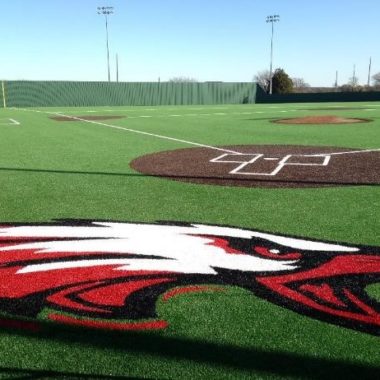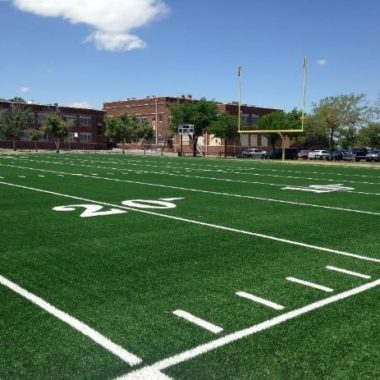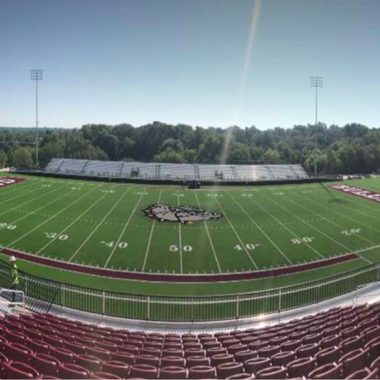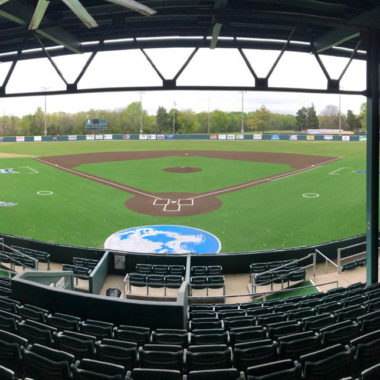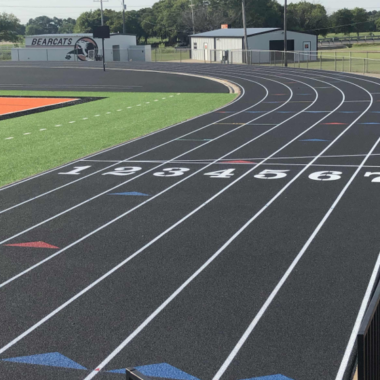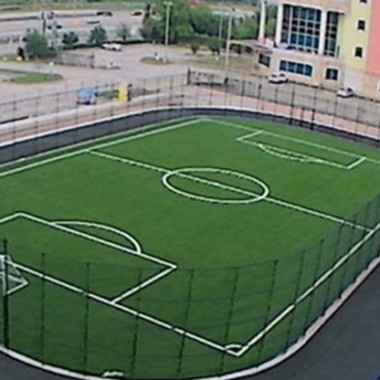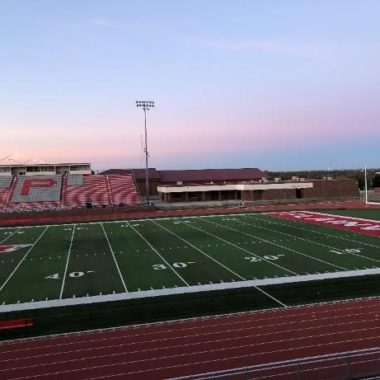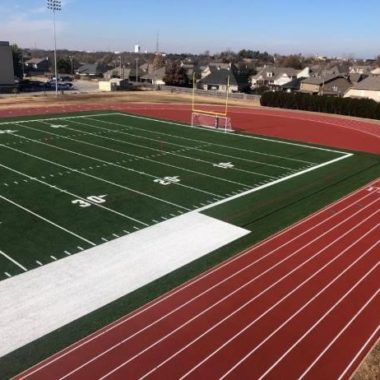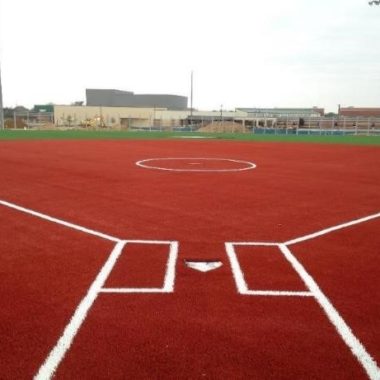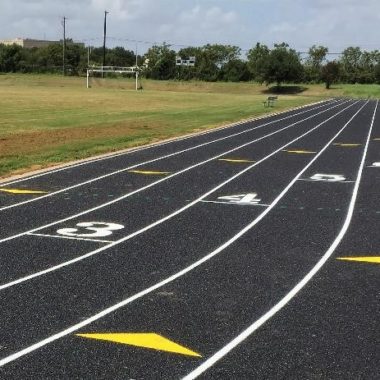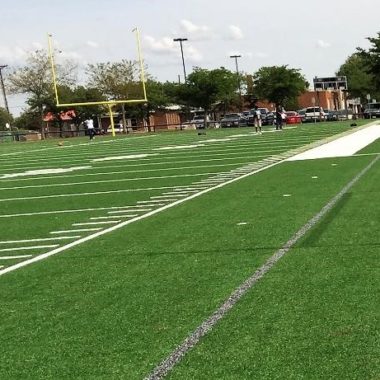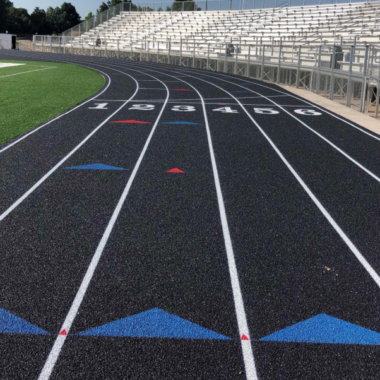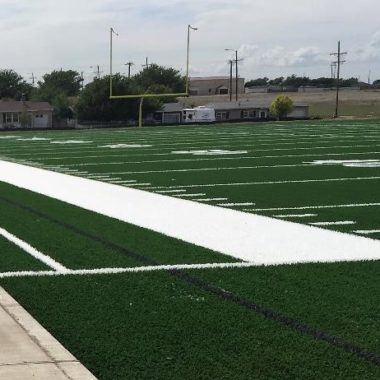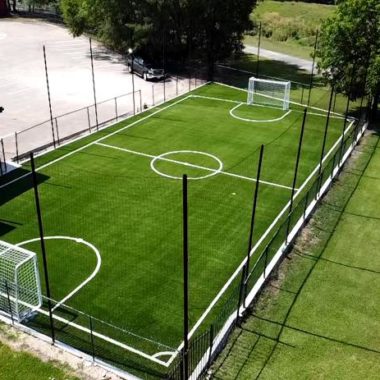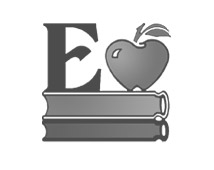Parts of a Soccer Field: A Primer
Soccer is known to be one of the most popular team sports in the world.
Central to understanding the rules of the game is knowing the different parts of a soccer field.
The parts of a soccer field are as follows:
Center Circle
The center circle is a circle at the center of the field. It measures 9.15m in radius. At the very center of this center circle is the center spot, where the kickoffs are taken in order to start or restart the game.
Halfway Line
The halfway line divides the soccer field into two equal areas, and the halfway line goes through the center spot. The halfway line is also known as the midfield line or the centerline.
Penalty Area
The penalty area is marked by a rectangle, wherein the goalkeeper is allowed to use his or her hands to catch the soccer ball. It is called the penalty area because it houses the penalty mark, wherein during fouls, the violator is awarded a penalty kick from that spot.
Corner Arc
Corner arcs are the semi-circles on the four corners of the field where corner kicks are made. Each corner arc measures 1 yard radially. In each of these corner arcs, a corner flag is placed.
Goal Box
Inside the penalty area is the goal box, which measures six yards in width and 20 yards in length. The goal box is the area where goal kicks are taken.
Goal
The goal is made up two upright posts joined by a horizontal cross bar, placed right in between the two corner flag posts. They are typically made of wood or metal.
Touch Line
Touchlines are also known as sidelines. This sets the boundary for the entire soccer playing field.
Pitch
The entire soccer field is also called the pitch.
When it comes to soccer fields, the important considerations are not just the parts, but also the dimensions of the soccer field. This is because the rules of soccer have been written and codified, and thus require strict implementation. FIFA, which is the international governing body for football, ensures that all rules and requirements of soccer, which includes soccer field dimensions, are followed.
This is why when it comes to the construction of soccer fields, it is important to seek the services of professionals. A professional provider of sports surfaces is General Sports Surfaces. They offer services on sports surface construction and maintenance, be it soccer fields, track surfaces, football fields, or baseball fields.
Regardless of the sport surface, General Sports Surfaces is your go-to professional for all of your soccer field construction and maintenance needs.


